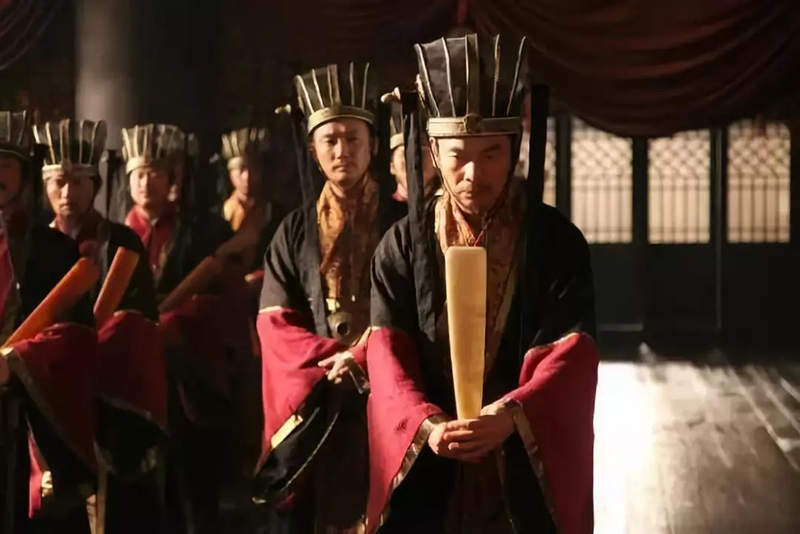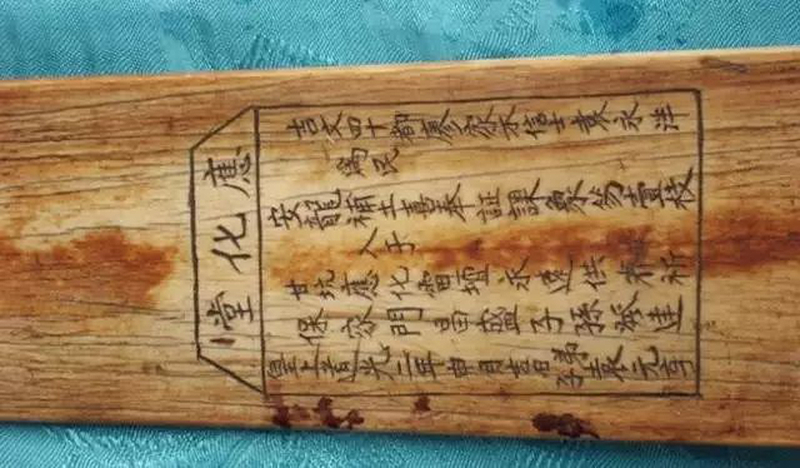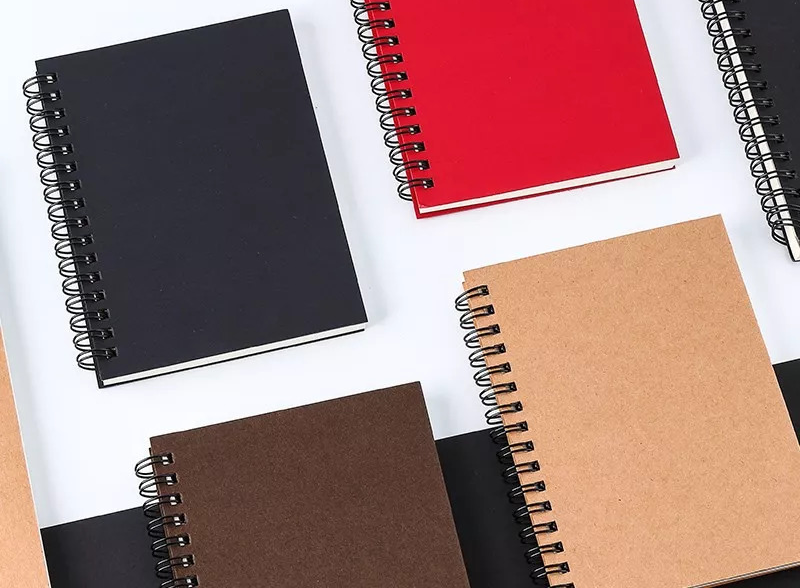It’s common to see ancient officials holding a long whiteboard in their hands when we are watching ancient Chinese costume dramas.
(Source: The Legend of Miyue)
Then, here comes the question: What on earth is the purpose of the whiteboard in their hands?
Actually, it is more than just an ordinary board.
This kind of board is called Hu tablet, handy tablet or jade tablet, which is usually made of jade, ivory or bamboo and is the “notepad” for ancient officials.
(Source: Museum Collection)
In ancient times, the civil and military officials would hold Hu tablets in their hands to take notes of the emperor’s decrees or orders when they had an audience with the emperor. They can also write down the words they wanted to report to the emperor on the Hu tablet in case they forgot it.
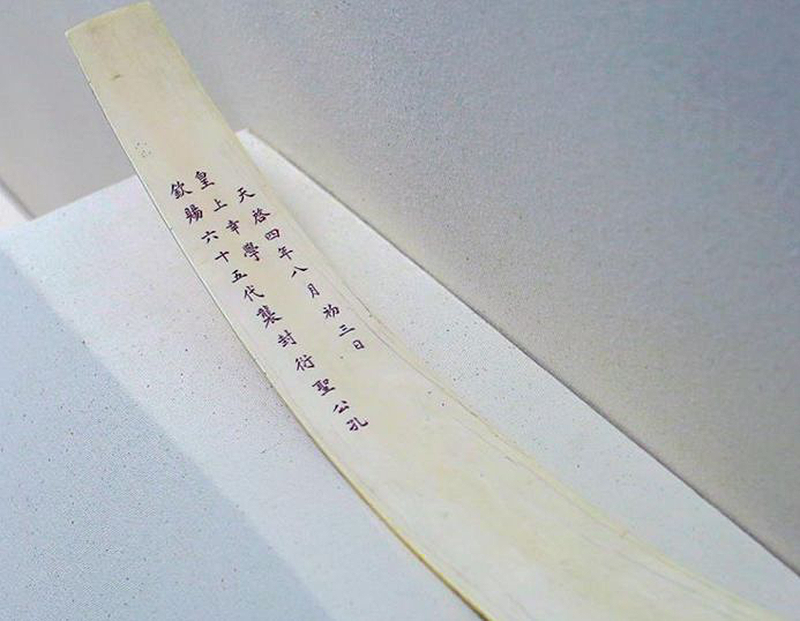
(Ivory Hu Tablet in Ming Dynasty)
Interestingly, ancient officials would only use one Hu tablet per person in principle, but busy officials were allowed to use several Hu tablets. If they cannot hold them in their hands, they can prepare a bag which is called “Hu bag”. Gradually, the officials started to imitate to show they had busy schedules.
How wonderful it would be if ancient officials had today’s notebooks! They can simply and conveniently use one notebook to record all the contents without carrying several Hu tablets.
Recently, TIANSE launches its brand new GET series notebooks, in the hope to bring you wonderful and amazing writing experience.
The GET series notebooks are light in weight with simplicity design, which are easy to carry and convenient for taking notes anytime anywhere you want.
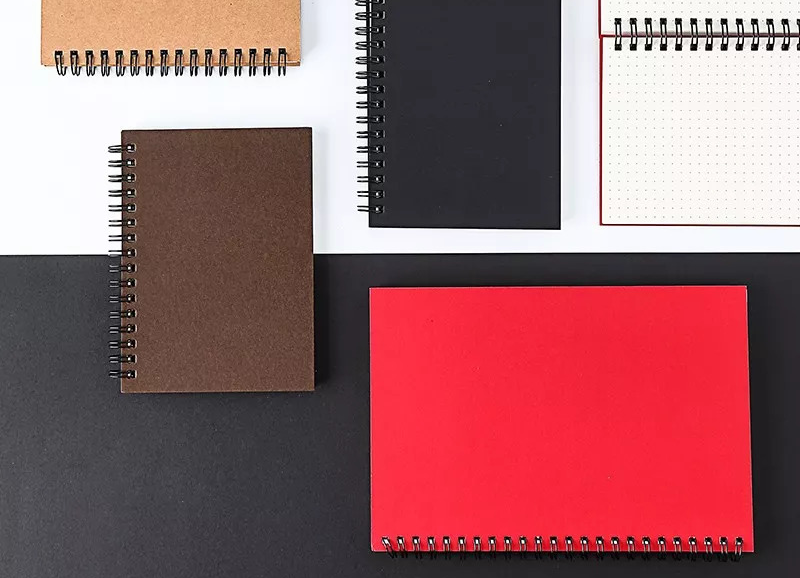
Adopting imported environmental technologies and carefully choosing premium papers, the GET series notebooks are environmentally friendly and perfect for smooth writing.
Post time: Sep-05-2018


